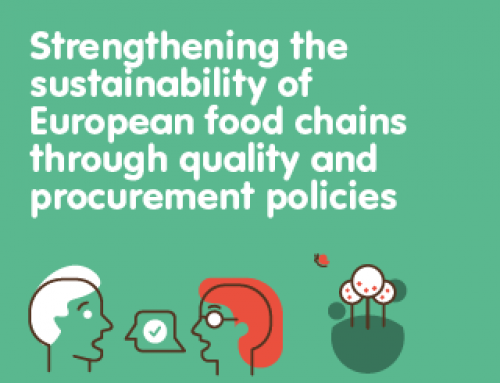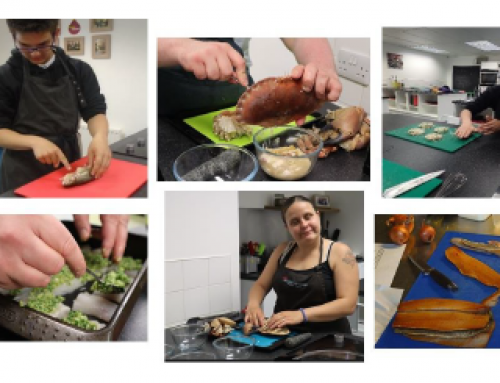Responsible Partner: UniPr
Authors: F. Arfini, V. Amilien, V. Bellassen, A. Bodini, M. Boehm, R. Brečić, S. Chiussi, P. Csillag, E. Cozzi, A. Curzi, M. Donati, L. Dries, M. Drut, M. Duboys de Labarre, H. Ferrer, J. Filipović, M. Guareschi, L. Gauvrit, C. Gil, M. Gorton, V. Hoàng, M. Hilal, K. Knutsen Steinnes, A. Lilavanichakul, A. Malak-Rawlikowska, E. Majewski, S. Monier-Dilhan, M.C. Mancini, P. Muller, O. Napasintuwong, K. Nikolaou, M. Nguyen, A. Nguyễn Quỳnh, A. Olper, I. Papadopoulos, S. Pascucci, J. Peerlings, T. Poméon, V. Raimondi, B. Ristic, B. Schaer, Z. Stojanovic, M. Tomic, Á. Török, M. Veneziani, G. Vitterso, A. Wilkinson.
Date of Publication: February 2019
Considering the features of GIs and organic production, Deliverable 5.2 analyses the relationships between Public Goods (PGs) and Food Quality Schemes (FQS). The deliverable evaluates the impacts of the cases study described in Deliverable 5.1 in terms of their contribution to rural development and territorial cohesion given by the capacity to generate positive externalities and hence PGs. The analysis focuses on: i) contribution to local economies; ii) generation of environmental, social and cultural externalities; iii) contribution of different governance mechanisms to ensure the valorisation of producers’ know-how and local resources; iv) social cohesion in term of creation of social capital and social networks.
Overall, the products that fall within the organic FQS category, contribute to the generation of environmental PGs more than the GI FQS. However, the latter contribute more to the generation of socio-economic PGs. In general, most FQS present a low capacity to generate Cultural Heritage PGs. This indicates that there is considerable space to improve the cultural dimension of these products for the benefit of producers and consumers. The analysis conducted by the Strength2Food methodology show that if there is political will on the part of producers, there is room for improvement in the generation of PGs. At the same time, the measurement of the capacity to produce PGs would further justify the greater economic value of these products to consumers.
Download the report here.
For more information, please contact filippo.arfini@unipr.it







